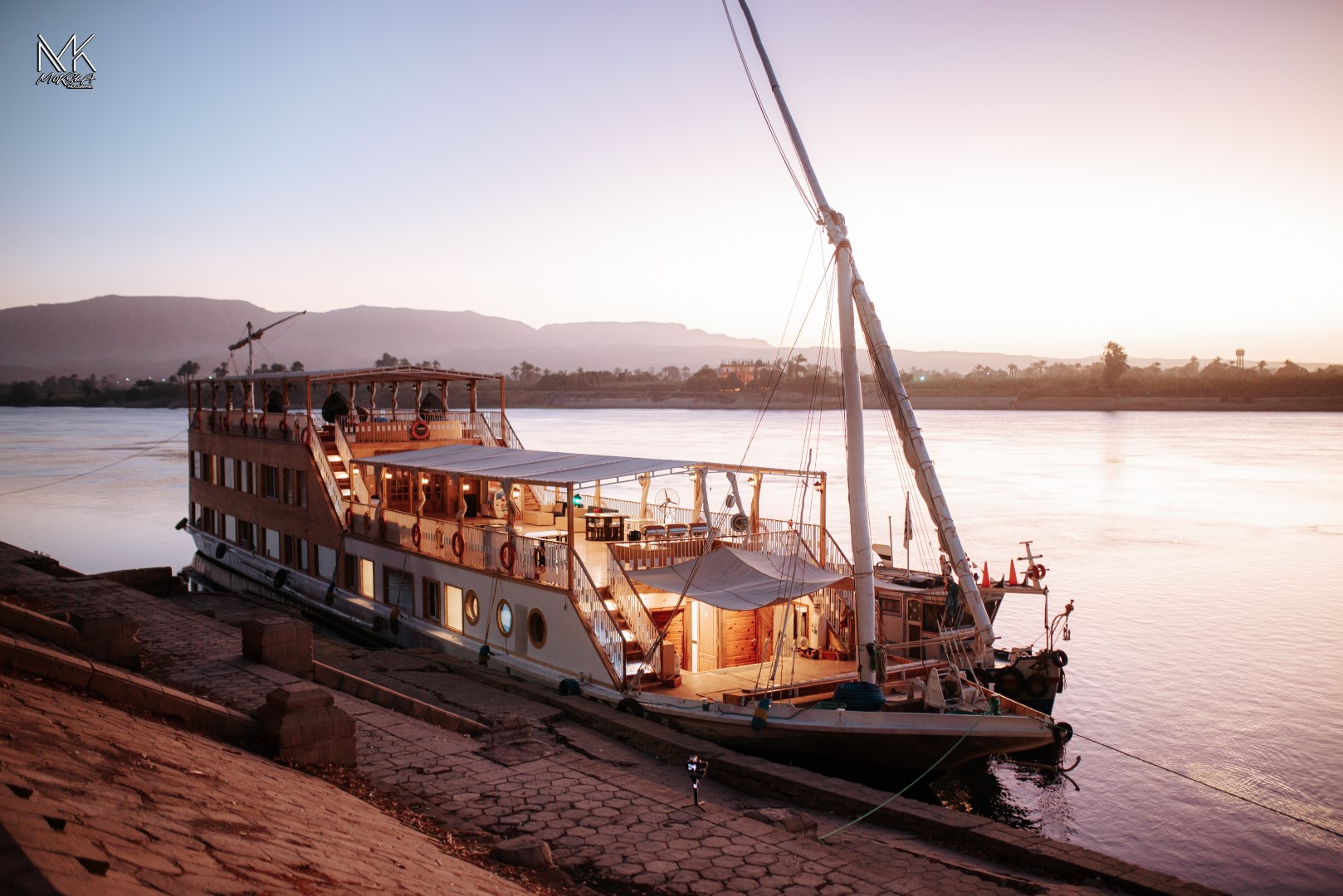Temple of Dakka: A Symbol of Greco-Roman Influence in Nubia
The Temple of Dakka, located in Lower Nubia near Aswan, is a fascinating example of Egyptian, Greek, and Roman architectural and religious fusion. Originally built in the 3rd century BCE during the reign of the Meroitic king Arqamani, the temple was later expanded by Ptolemaic and Roman rulers, making it a rare monument that reflects multiple cultural influences.
Dedicated to the god Thoth, the deity of wisdom and writing, the temple was strategically placed along the Nile to serve both as a religious center and a symbol of authority over Nubia. Its location and structure suggest that it also played a role in military and administrative control of the southern borders.
The temple features a pylon (monumental gateway), an open courtyard, a hypostyle hall, and a sanctuary. The walls are decorated with inscriptions and reliefs showing various rulers making offerings to Egyptian gods. Some inscriptions are in hieroglyphs, while others appear in Greek, showing the blending of cultures during the Ptolemaic period.
In the 1960s, when the construction of the Aswan High Dam threatened to submerge the temple under Lake Nasser, it was relocated—stone by stone—to the nearby site of New Sebua as part of the UNESCO Nubian Monuments Campaign.
Today, the Temple of Dakka stands as a quiet but powerful reminder of Egypt's multicultural past, where African, Egyptian, and Mediterranean civilizations intersected. Its preservation and relocation are testaments to global efforts to protect humanity’s shared heritage.


